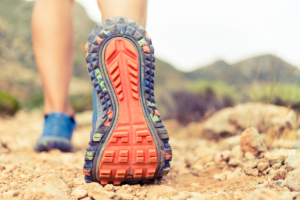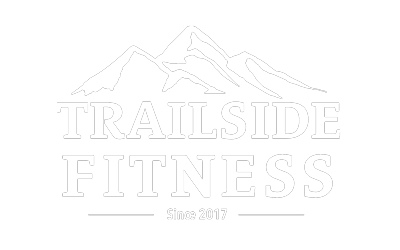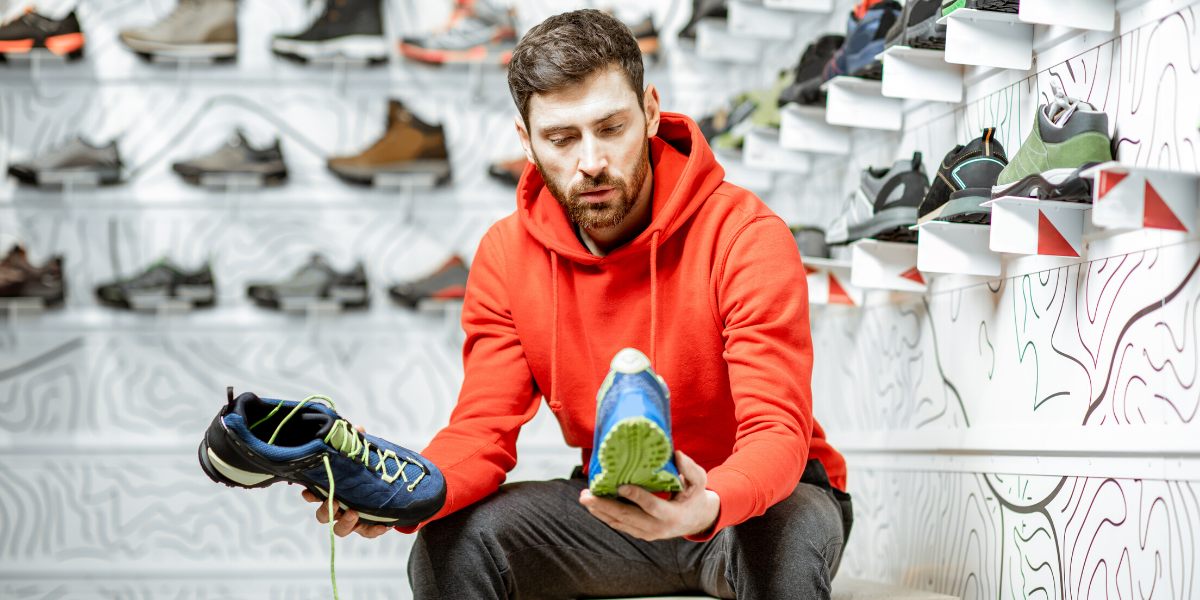Zero Drop Shoes For Hiking
Zero drop shoes have become increasingly popular for hiking. But what the heck is a zero drop shoe for hiking? If you’ve spent time hiking, you’ve probably seen Altra’s or Hoka’s on hikers’ feet. It’s no wonder that hikers gravitate toward these styles of shoes. Typically, zero drop shoes offer loads of cushion for feet and may come in nice wide toe boxes to let your toes move more naturally. Here’s what you may not know: they are not for everyone! Let’s examine why zero drop shoes aren’t for every hiker.
What is a zero drop shoe?
A zero drop shoe has no change or very minimal change in height in the sole from the toe box to the heel. Think of Chuck Taylors or Vans for reference—there is no elevated heel from a thicker sole in the back of the shoe.
Brands like Altra and Hoka use a maxi-minimalist approach. This means they max out the sole thickness but retain the zero drop from heel to toe. It has maximal thickness in the sole but minimal in its approach to heel rise. This minimal heel rise allows the foot to move naturally, almost as if walking barefoot, albeit on a thick bed of cushioning in the sole. Natural foot motion is desired but comes with a cost for some of us.
What makes zero drop shoes for hiking great?
Who could complain about abundant toe room in a shoe? It is truly grand to wear Altras and not have your toes mashed together while hiking. And that thick cushioned sole—it’s like walking on a cloud! A hiker I met from Europe said that the shoes Americans hike in were more like trail slippers than proper footwear. He was right. The Pacific Crest Trail is mostly a gentle tread, where these shoes can shine.
 The wide toe box size is great for letting the toes splay; naturally, it is a huge benefit over a tighter toe box for several reasons (blisters, bunions, hammertoes). The zero drop part can be great for some since it allows for a more natural motion and body alignment, as no raised heel exists.
The wide toe box size is great for letting the toes splay; naturally, it is a huge benefit over a tighter toe box for several reasons (blisters, bunions, hammertoes). The zero drop part can be great for some since it allows for a more natural motion and body alignment, as no raised heel exists.
The problem with zero drop shoes
A zero rise would be better for body alignment. However, often, these shoes offer next to no arch support. This negates any possible benefit since you lose alignment when your foot collapses—this leads to foot, knee, hip, and lower back problems and can also lead to IT band issues. As the foot tires, overpronation (flattening of the foot) increases. Even if you had good Achilles length, you might still need arch support if your feet aren’t good and strong.
Hikers may gravitate towards these shoes due to the thick sole, thinking they will provide better cushion on long hiking days. For some, this may be true. For others, it may continue to cause calf and Achilles pain and other issues.
If you traditionally wear a thicker heel shoe like most brands and tennis shoes, you’ll see that the heel is higher than the toe box. You’ve probably been wearing them for years, and they seem like regular shoes. With years of wearing this shoe style, your Achilles tendon may shorten. Here is where the problem occurs.
Your Achilles may be used in that adapted shortened position. When you slip on a pair of low-rise shoes, your Achilles is now being asked to lengthen because that heel height is no longer there. Granted, this may be millimeters or more, but that matters to the body—even if you think it doesn’t.
You can’t ask a chronically short tissue to lengthen overnight and be happy about it. This elongation process varies by person but may take 3-6 months to adapt. You must be patient and adjust your body to this newly lowered heel height.
How to have a smooth transition
Truthfully, you need to be barefoot enough hours of the day to do any good lengthening your tendon. You’ll have to gradually work on elongating that robust and thick tendon. The Achilles can and will lengthen, but it takes time. Start by going barefoot more often around the house and yard. Putting on your low-rise shoes and taking short walks gradually increases the distance.
Don’t fight the process. If you are experiencing pain in the calf or around the ankle, regardless of the time and effort, zero drop shoes for hiking may not be for you. They aren’t for everyone, and that’s okay; there is no reason to fit your body in these. You may need a more supportive shoe for your arches, foot strength, shape, or other reasons.
Remember, just because something is popular for many hikers doesn’t mean you need the same “thing” to be successful. Do what works for you!
Updated 6/4/24


Recent Comments